Protective styles can cause hair to itch due to the tightness and friction on the scalp. When the hair is tightly pulled and held in place for an extended period, it can lead to dryness, flakiness, and irritation, causing the scalp to itch.
The Science Behind Hair Itchiness
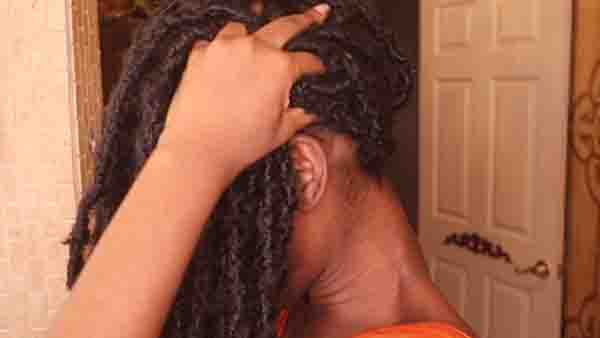
Hair itchiness in protective styles is a common concern. Understanding the science behind it can help alleviate discomfort.
The itching sensation is often caused by a combination of factors like dry scalp, product buildup, and tight hairstyles.
When it comes to protective styles like braids, twists, or weaves, one common complaint is an itchy scalp. This discomfort can be frustrating and even painful at times, but understanding the underlying factors can help to alleviate the itchiness.
The Role Of Natural Oils And Moisture In Hair Health
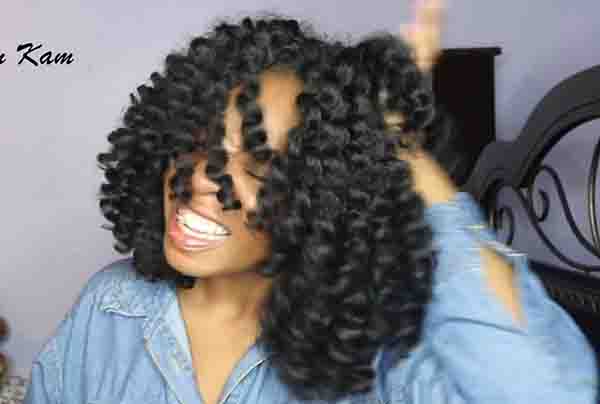
- Our scalp naturally produces oils that help to moisturize and protect our hair.
- These natural oils create a barrier that locks in moisture and prevents the scalp from drying out.
- Adequate moisture is crucial for maintaining healthy hair and scalp.
How Protective Styles Can Disrupt The Natural Moisture Balance
- The tightness and tension of some protective styles can lead to excess pulling and stretching of the hair shaft.
- This can cause the natural oils to become stripped from the hair and scalp, resulting in dryness.
- The lack of moisture can then lead to an itchy scalp as the skin becomes dehydrated.
Understanding The Impact Of Friction On The Scalp
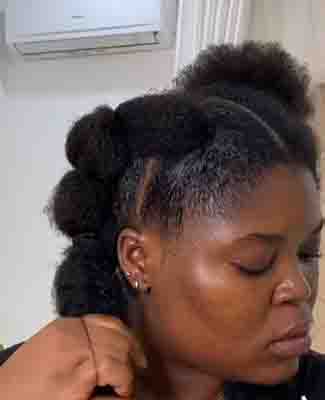
- Friction occurs when the hair rubs against itself, the scalp, or any accessories like hair ties or clips.
- Over time, this friction can irritate the scalp and cause itching.
- Certain protective styles that involve tight braids or high ponytails can increase friction and contribute to scalp irritation.
The Role Of Product Buildup In Hair Itchiness
- When using styling products in protective styles, it is important to monitor for product buildup.
- Product buildup occurs when residue from hair products accumulates on the scalp and hair shaft.
- This buildup can lead to scalp irritation, flakiness, and itching.
The Effects Of Dryness And Dehydration On The Scalp
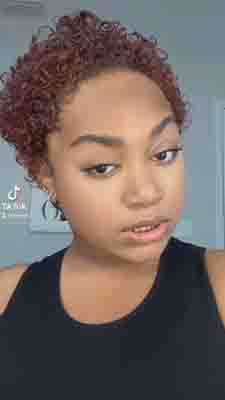
- Dryness and dehydration of the scalp can exacerbate hair itchiness.
- Environmental factors, such as low humidity or excessive heat, can contribute to scalp dryness.
- Insufficient water intake or overuse of drying hair products can also lead to dehydration.
To sum it up, hair itchiness in protective styles can be attributed to various factors, including disrupted moisture balance, friction, product buildup, dryness, and dehydration.
By understanding these underlying causes, you can take steps to alleviate the itchiness and maintain a healthy scalp while enjoying your favorite protective styles.
Common Causes Of Hair Itchiness In Protective Styles
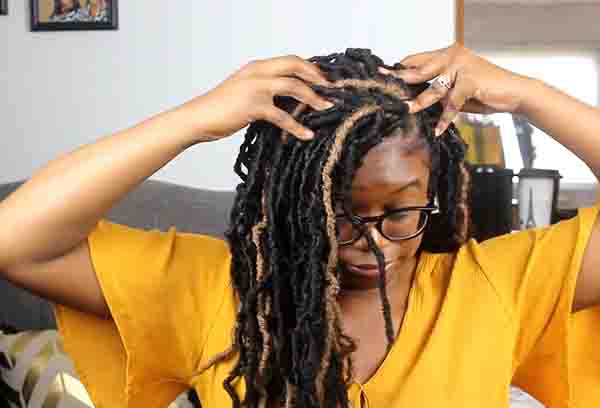
If you’re wondering why your hair itches when you wear protective styles such as braids or weaves, there are a few common causes to consider.
Dry scalp, product buildup, and scalp irritation are often responsible for the discomfort. Understanding these factors can help alleviate the itchiness and maintain healthy hair.
Tension and pulling from tight hairstyles:
- Tightly braided or twisted hairstyles can cause tension and pulling on the hair and scalp.
- This can lead to irritation and inflammation, resulting in an itchy scalp.
- The added weight and pressure from the hairstyle can also contribute to discomfort and itchiness.
Allergic reactions to hair products or extensions:
- Some individuals may develop an allergic reaction to certain hair products or extensions used in their protective styles.
- Common culprits include hair dyes, synthetic hair extensions, or ingredients like sulfates and parabens found in styling products.
- Allergies can manifest as itching, redness, or even a rash on the scalp.
Lack of proper scalp hygiene and maintenance:
- Itchy scalp can occur due to inadequate scalp hygiene while wearing protective styles.
- Build-up of dirt, sweat, and styling products can clog the hair follicles and cause itchiness.
- Neglecting to cleanse and moisturize the scalp regularly can also lead to dryness, which is prone to itching.
Sensitivity to certain fabrics or materials used in protective styles:
- Some individuals may have sensitive or allergic reactions to certain fabrics or materials used in their protective styles.
- Common culprits include synthetic fibers, tight headbands, or rough scarf materials.
- The friction and irritation caused by these materials can result in itchiness.
Hair itchiness in protective styles can be caused by various factors such as tension and pulling from tight hairstyles, allergic reactions to hair products or extensions, lack of proper scalp hygiene and maintenance, and sensitivity to certain fabrics or materials used.
It is important to address these issues to improve scalp health and comfort while wearing protective styles.
Tips For Relieving Hair Itchiness In Protective Styles
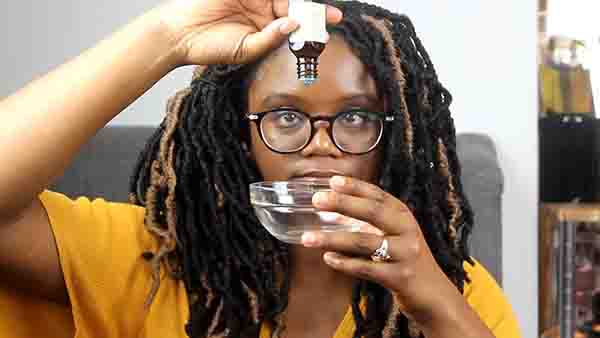
Hair itchiness in protective styles can be caused by a variety of factors, such as dry scalp, product buildup, or tight braids. To relieve this discomfort, try rinsing with apple cider vinegar, moisturizing your scalp regularly, and avoiding excessive manipulation of your hair.
Choosing the right hairstyle and avoiding excessive tension:
- Opt for hairstyles that don’t put excessive strain on your scalp, such as braids, twists, or buns.
- Avoid tight hairstyles that can pull and tug at your hair, leading to scalp irritation.
- Give your hair a break between protective styles to minimize tension and allow your scalp to breathe.
Properly moisturizing the scalp before and during protective styling:
- Prior to installing your protective style, make sure your scalp is well-hydrated and nourished.
- Apply a lightweight moisturizer or oil to your scalp, focusing on the hairline and any areas prone to dryness.
- During your protective style, continue to moisturize your scalp regularly to prevent dryness and itchiness.
Avoiding product buildup with regular cleansing:
- Product buildup can contribute to scalp irritation and itchiness, so it’s essential to keep your scalp clean.
- Choose a gentle clarifying shampoo or cleansing co-wash to remove any residue or buildup from your protective style.
- Be sure to cleanse your scalp thoroughly without stripping away its natural oils.
Minimizing friction on the scalp with satin or silk materials:
- Friction can cause irritation and make your scalp itch, so opt for satin or silk materials for your bonnet, scarf, or pillowcase.
- These materials are smooth and gentle, reducing friction and minimizing the likelihood of scalp itchiness.
- When wearing head accessories like headbands or scarves, ensure they are made of satin or silk to protect your scalp.
Remedies and treatments for soothing an itchy scalp in protective styles:
- Use a scalp massage brush or your fingertips to gently massage your scalp, increasing circulation and relieving itchiness.
- Apply a cooling scalp treatment containing ingredients like tea tree oil or aloe vera to soothe and calm your scalp.
- If your scalp itchiness persists, consult a dermatologist who can recommend specific treatments or medicated shampoos.
Remember, maintaining a healthy and itch-free scalp in protective styles requires proper care and attention. By choosing the right hairstyle, moisturizing your scalp, avoiding product buildup, minimizing friction, and using soothing remedies, you can alleviate hair itchiness and enjoy your protective style to the fullest.
Best Practices For Preventing Hair Itchiness In Protective Styles
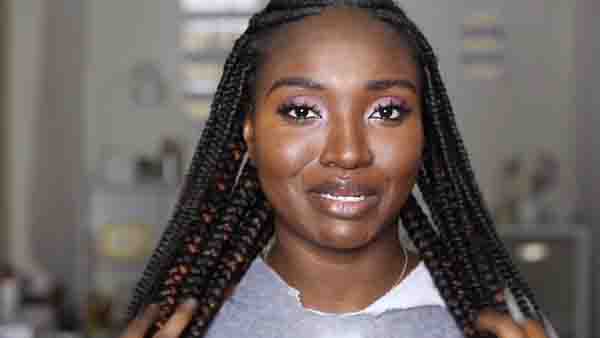
Discover the best practices to prevent hair itchiness in protective styles. Understand the reasons behind the discomfort and learn how to alleviate and avoid it for a more comfortable and enjoyable hairstyle experience. Embark on a journey towards itch-free hair.
Protective styles like braids, twists, and weaves are great for giving your natural hair a break and promoting hair growth.
However, one common issue that many people experience when rocking these styles is hair itchiness.
Don’t worry, though – there are several best practices you can follow to prevent and alleviate this uncomfortable sensation.
Preparing The Scalp Before Protective Styling
- Cleanse your scalp: Before getting your protective style installed, make sure your scalp is clean. Use a gentle clarifying shampoo to remove any buildup or residue that could lead to itchiness.
- Exfoliate your scalp: Gently exfoliating your scalp with a scalp scrub or a mixture of sugar and oil can help remove dead skin cells and promote a healthier scalp environment.
- Moisturize your scalp: Ensure your scalp is properly moisturized before styling. Use a light oil or moisturizer to keep your scalp hydrated and prevent dryness, which can contribute to itching.
Using Protective Styling Techniques That Minimize Tension
- Avoid tight styles: Opt for looser braids or twists that don’t pull on your scalp excessively. Tension from tightly styled hair can contribute to itchiness and discomfort.
- Give your edges a break: Constantly pulling your edges tightly can lead to irritation and itchiness. Allow them some rest by avoiding styles that put too much strain on them.
- Use protective accessories: Consider using satin or silk hair ties, scarves, or bonnets to secure your protective style. These materials reduce friction and minimize scalp irritation.
Choosing Hair Products That Are Suitable For Sensitive Scalps
- Look for gentle cleansers: Opt for sulfate-free shampoos and conditioners that are gentle on your scalp. Harsh ingredients can strip away natural oils, leaving your scalp dry and itchy.
- Check the ingredient list: Avoid hair products that contain common irritants such as alcohol, fragrances, and strong preservatives. Opt for products specifically formulated for sensitive scalps.
- Try natural remedies: Some natural ingredients like tea tree oil, aloe vera, and witch hazel have soothing and healing properties. Look for hair products that incorporate these ingredients to calm an itchy scalp.
Maintaining A Balanced And Healthy Scalp With Proper Hygiene And Care
- Cleanse your scalp regularly: Keeping your scalp clean is essential to prevent buildup and itchiness. Use a gentle shampoo and make sure to rinse thoroughly to remove all traces of product.
- Avoid scratching: As tempting as it may be, scratching your scalp can worsen the itchiness and potentially lead to irritation or infection. Instead, try gently massaging your scalp to relieve itching.
- Hydrate your scalp: Just like your skin, your scalp needs proper hydration. Use a lightweight scalp oil or moisturizer to keep your scalp moisturized and prevent dryness.
- Practice good hair care: Avoid excessive heat styling, and be gentle when detangling or brushing your hair. Minimize manipulation to reduce irritation and potential damage to your scalp.
By following these best practices, you can minimize hair itchiness and enjoy your protective style to the fullest. Remember, a healthy scalp leads to healthy hair, so prioritize scalp care alongside your hair care routine.
When To Seek Professional Help For Persistent Hair Itchiness
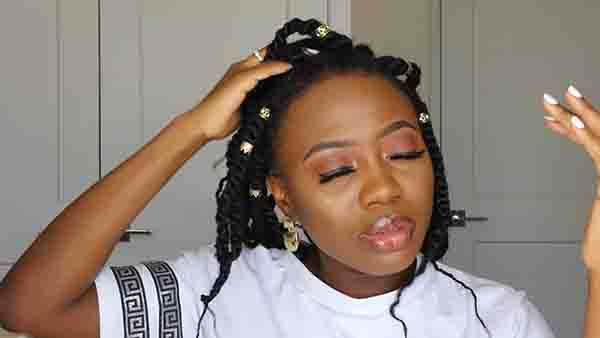
Persistent hair itchiness in protective styles can be a frustrating issue. If you’re wondering why your hair itches, seeking professional help is recommended. An expert can provide insights and solutions to alleviate the discomfort and help maintain healthy hair.
Signs That Your Hair Itchiness May Require Medical Attention:
- Intense and persistent itchiness: If your scalp is constantly itchy and the discomfort does not subside, it may be a sign that professional help is needed.
- Redness and inflammation: If your scalp appears red or inflamed, it could be indicative of an underlying issue that requires medical evaluation.
- Presence of sores or blisters: The development of sores or blisters on your scalp along with itchiness may signify a more severe condition that warrants professional attention.
Potential Underlying Conditions That Could Be Causing The Itchiness:
- Scalp psoriasis: This chronic autoimmune condition can cause excessive itching, redness, and flaking of the scalp.
- Seborrheic dermatitis: This common condition is characterized by red, itchy, and flaky patches, typically affecting the scalp and other oil-producing areas of the body.
- Contact dermatitis: If you have recently used new hair products or are allergic to certain ingredients, it can result in an itchy scalp.
- Tinea capitis: Also known as scalp ringworm, this fungal infection can cause intense itching, redness, and even hair loss.
- Folliculitis: This condition occurs when hair follicles get infected, leading to itchiness, redness, and pus-filled bumps on the scalp.
The Role Of A Dermatologist Or Trichologist In Diagnosing And Treating Hair Itchiness:
- Accurate diagnosis: Dermatologists and trichologists have the expertise to accurately diagnose the underlying cause of your hair itchiness through a detailed examination of your scalp and medical history.
- Treatment options: Depending on the specific condition causing the itchiness, these professionals can recommend appropriate treatments such as medicated shampoos, topical creams, or oral medications to alleviate the symptoms.
- Ongoing care and monitoring: Dermatologists and trichologists can provide long-term management strategies to keep your scalp healthy and itch-free. They may also monitor your progress and make adjustments to your treatment plan if necessary.
Remember, if you are experiencing persistent hair itchiness or notice any concerning symptoms, it is always advisable to seek professional help.
FAQ
Your scalp may be sensitive after braids due to the tension and stress applied during the braiding process. Sensitive scalp can result from inflammation or irritation.
Yes, braiding hair can irritate the scalp if it’s done too tightly, causing tension, inflammation, and discomfort.
Itchy braids can be a sign of new hair growth, as the hair follicles become more active. However, it can also be due to irritation or improper care.
If your braids are excessively itchy and uncomfortable, it’s advisable to take them out to prevent scalp damage or potential hair loss.
An itchy scalp can indicate hair growth, but it can also result from various factors like dryness, product buildup, or irritation.
To alleviate itching with cornrows, moisturize your scalp, avoid using products that cause buildup, and refrain from scratching to prevent further irritation.
Side effects of braiding hair can include scalp irritation, hair breakage, hair loss, tension alopecia, and folliculitis (inflammation of hair follicles).
Synthetic hair can cause itching because it’s often made from materials that don’t breathe well, trapping heat and moisture against the scalp, leading to discomfort.
Yes, some individuals can be allergic to synthetic hair or certain materials used in braiding hair, leading to scalp itching, redness, or rash.
The best human hair for braiding is typically virgin human hair, as it’s unprocessed and of high quality. It blends well with natural hair and is less likely to cause irritation.
Tight braids can lead to side effects such as scalp pain, tension alopecia (hair loss due to tension), headaches, and damage to the hair follicles.
Bumps can form when braids are too tight, causing inflammation around the hair follicles. This condition is known as folliculitis and can lead to discomfort and hair loss if left untreated.
Related Articles:
- Is It Easier To Braid Wet Hair
Conclusion
In essence, addressing the itchiness experienced in protective styles is crucial for maintaining healthy hair. By understanding the underlying causes, such as improper installation, product buildup, or scalp issues, we can take proactive steps to alleviate the itch and enjoy the benefits of protective styling.
Regular cleansing, using lightweight products, and practicing good scalp hygiene are essential in preventing irritation. Additionally, incorporating moisturizing and soothing ingredients like aloe vera or tea tree oil into our hair care routine can provide relief. Remember, your scalp needs to breathe and be nurtured, so don’t neglect it when rocking protective styles.
By implementing these strategies, we can ensure that our hair remains healthy, the itchiness is minimized, and our protective styles truly serve their purpose of safeguarding our strands.

